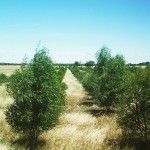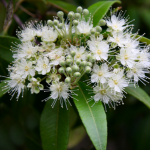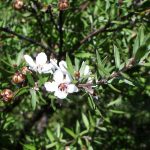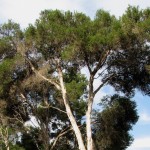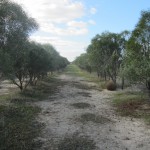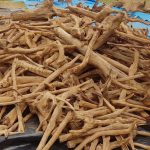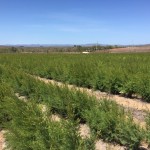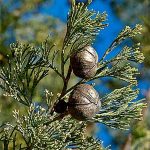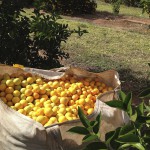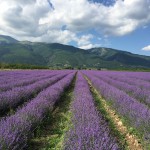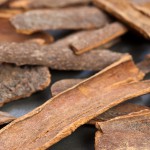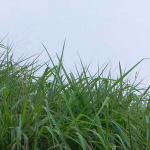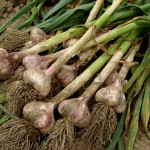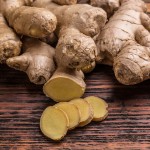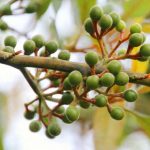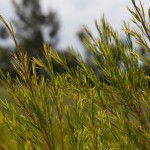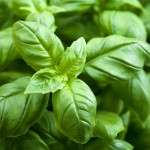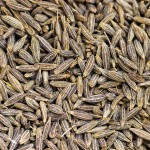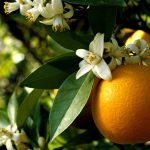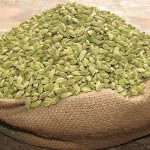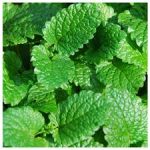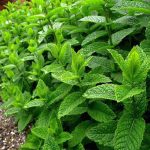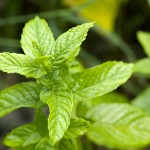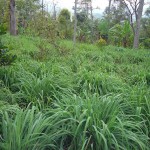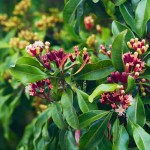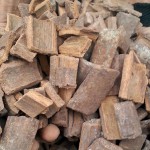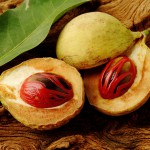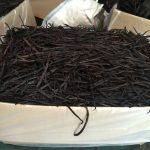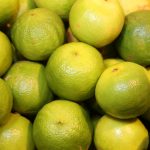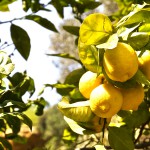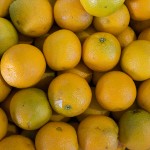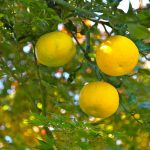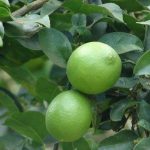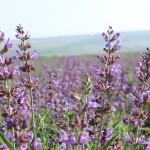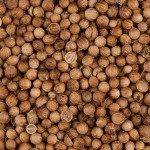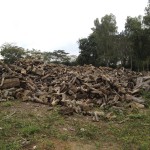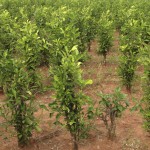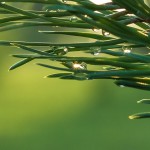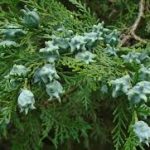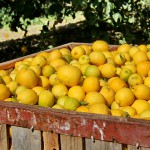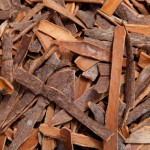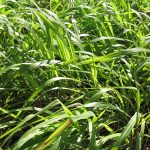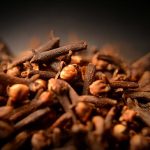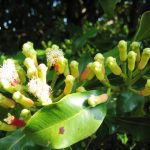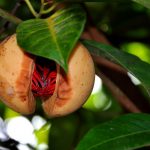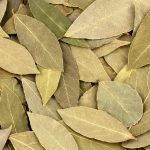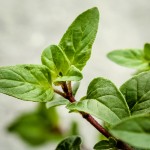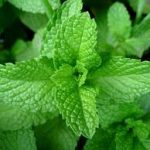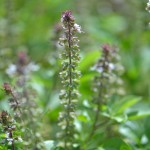Vanilla
Vanilla planifolia
Harvest: August - September
Madagascar continues to dominate world natural vanilla production, usually accounting for at least threequarters of global annual production. In 2019, Madagascar’s production is estimated at between 1,100 to 1,200 MT, down 20% to 30% on 2018 levels, but higher than originally forecast, in part because of the optimum weather conditions. The very high prices of recent years have led to concerns regarding quality, in part because of early picking alongside inadequate curing, including the development of quick curing vanilla practices. The latter not only reduces quality and prices but also substantially limits employment opportunities.
The very high prices of recent years – peaking around USD 600/kg – has not only reduced demand for natural vanilla but also encouraged sizeable production growth elsewhere, including Comoros, Indonesia, Papua New Guinea, and Uganda. This expansion in output will almost certainly lead to a continued fall in prices and a fragile market. Madagascan vanilla prices have already fallen by approximately one-third from their peak levels. In fact, this price fall is smaller than other origins, partly because of the preference of some buyers for Madagascan vanilla. The high vanilla prices have led to reduced demand, changed formulations, as well as the bending of rules regarding product content declarations, leading to false vanilla lawsuits.
In efforts to try to support the industry, which is a vital source of employment in the north-east and foreign exchange earnings, the new Madagascan government has been trying to take a more proactive role in supporting the industry. This has included stringent harvesting dates in some regions, cut-off dates for exports, measures to control pre-financing and speculation, as well as efforts to discourage quick curing and theft with long prison spells for stealing vanilla beans, invariably green immature beans. Some believe that the government should also reduce the 200 or so licensed exporters as well as impose a minimum export quantity in an effort to improve quality and have a better control over production.
There is little doubt that 2020 will see a major re-structuring of the global vanilla industry as the downward pressure on vanilla prices continues – but with current conditions continuing it remains unlikely that prices will collapse in the near future. Buyers have limited their purchases, anticipating further prices falls, and it is hoped that their return to the market will limit the price decline – and most importantly, there will not be a return to the price collapse of 2004 and its dramatic consequences.
Market price N.A
 Over 90 products from 20 countries analysed and reported on, many with in-depth analysis. The report is also packed with additional articles related to Sandalwood Oils, Scent Development in the Age of Hyper-Performance and The Zesty Flavour of Southern Italy. Also featured is a detailed report of IFEAT 2019 in Bali.
Over 90 products from 20 countries analysed and reported on, many with in-depth analysis. The report is also packed with additional articles related to Sandalwood Oils, Scent Development in the Age of Hyper-Performance and The Zesty Flavour of Southern Italy. Also featured is a detailed report of IFEAT 2019 in Bali. Ultra International B.V.
Ultra International B.V.


